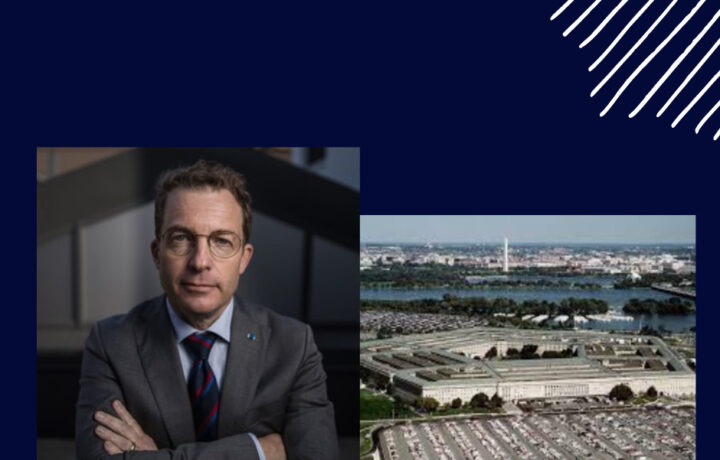The Defense Counterintelligence and Security Agency (DCSA) is headed to year five. Having spent the bulk of its early years building business processes and trying to navigate out of a massive data breach while also in a global pandemic means now is the time for the agency to take its efforts, processes, and progress to the next level.
That was a key theme for remarks made by DCSA Director David Cattler, speaking on a webinar hosted by the Intelligence and National Security Alliance today and sponsored by SIMS Software.
“What I really aim to do is take DCSA to the next level,” said Cattler, who took over the job of leading the nation’s largest security organization in March.
“The government and our citizens recognize that we need to be better able to draw upon the best of the United States,” said Cattler, discussing current reform efforts including the government’s Trusted Workforce 2.0 comprehensive overhaul of the personnel clearance and vetting process. He noted that there are many individuals who want to do the work of safeguarding the nation, and the government needs to leverage the clearance process in order to ensure ‘mobility of opportunity.’ Key to Trusted Workforce is the need to balance speed with trust, a topic Matt Eanes, director of the Performance Accountability Council Program Management Office has also emphasized.
Continuous Vetting Continues to Shine
The government’s CV program is a cornerstone to Trusted Workforce 2.0, and represents a monumental shift in the way trusted workers are vetted. And starting this week, more government workers are moving into the CV and Trusted Worker ecosystem, as DCSA begins the work of onboarding the non-sensitive public trust population into its CV program.
“What it actually gives us in practice is a scale that even if you could technically achieve it, you couldn’t afford….for the time it would cost you just for the labor, to say nothing of the related IT,” said Cattler. He described the move to CV as ‘bold in policy terms but absolutely appropriate’ and truly the most appropriate way to maintain trust within a security clearance population that for DCSA includes 3.8 million security clearance holders.
NBIS Updates
DCSA is still awaiting new approved milestones for delivering NBIS, and Cattler acknowledged that NBIS is ‘unacceptably delayed’ – sentiments he echoed in Hill testimony about the program earlier this summer. New oversight from the Pentagon and the help of new parters will help the program get to where it needs to be. “It will be better. It will be done,” said Cattler.
AI Enablement in the Clearance Process
When asked about AI in the background investigation and vetting process, Cattler noted that there are already areas where AI is being used, and case studies and experiments with partners including the PAC PMO have taken place. But the agency is so far is only at a fraction where it could be, and Cattler noted there are applications and resources in AI that he is ‘insanely jealous of’ and that he hopes to see included in DCSA’s efforts in the future.
“You should also see us push experimentation, workflow enhancement for efficiencies and enhancements,” said Cattler.




